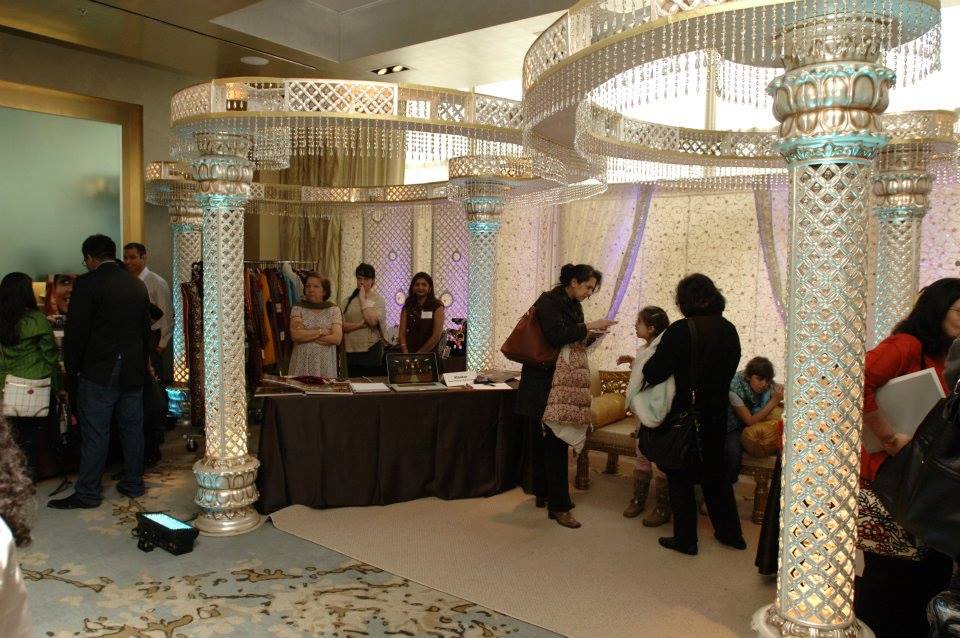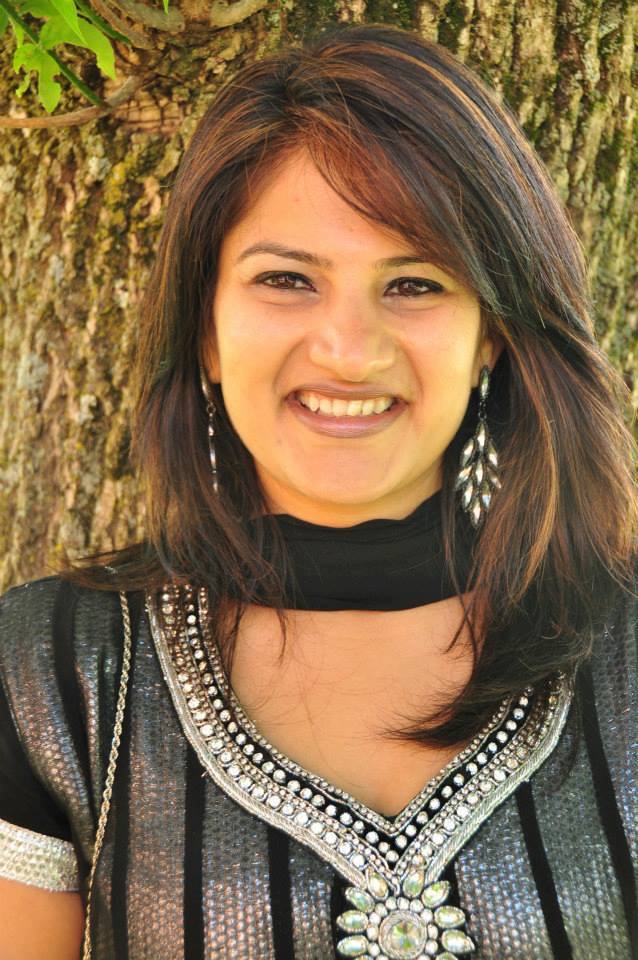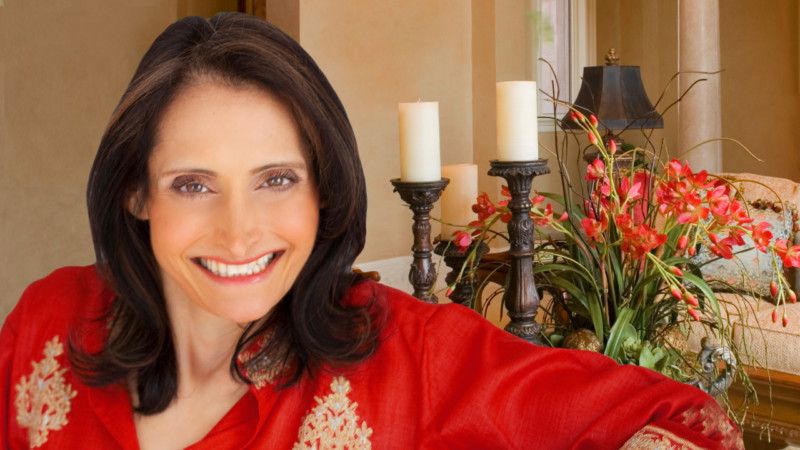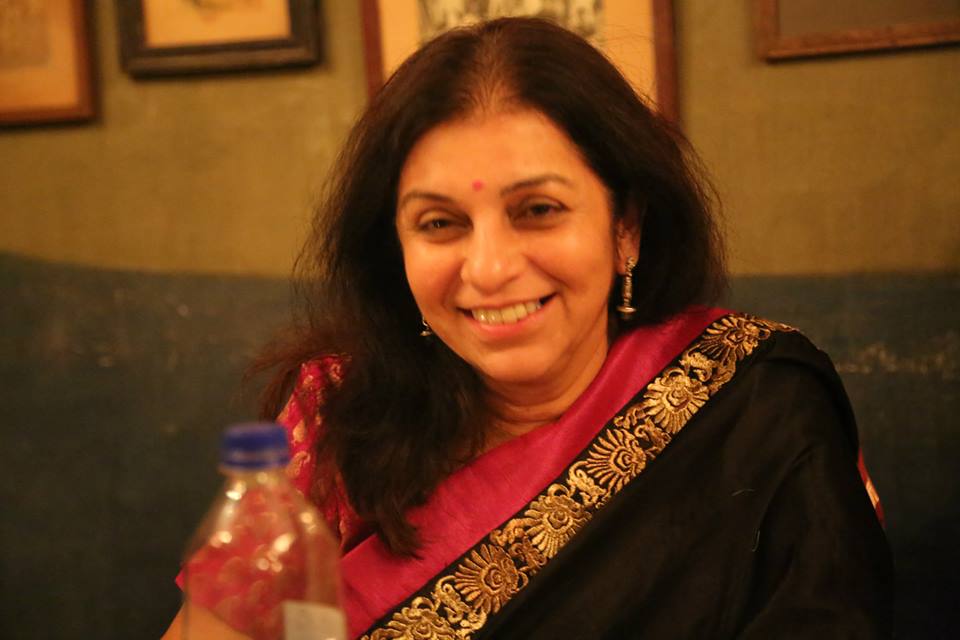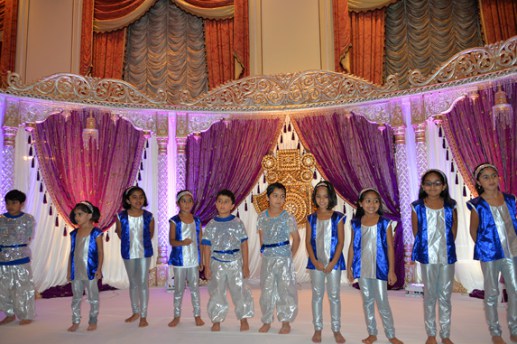BURLINGTON, MA–Manisha Trivedi, the self-taught henna artist and owner of Henna Café, has carved out her own niche in the mehndi or henna market in New England. Here, she talks about her passion and what are the latest trends in henna design.
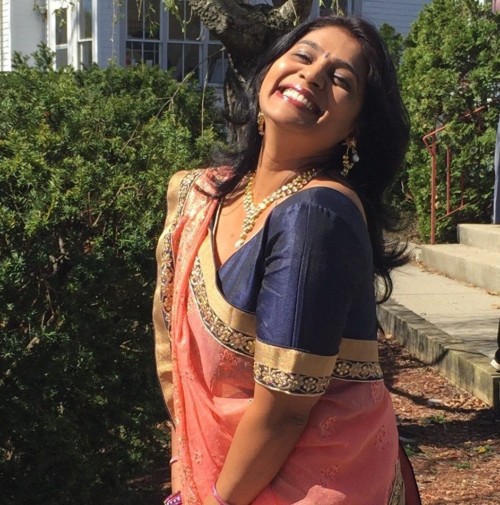
INDIA New England News: What is henna for you?
Manisha Trivedi: The best thing I love about [henna] is henna knows no borders. It bridges the gap between culture, religion and beliefs to bring people together. Growing up in Mumbai, India, I loved doodling different patterns on every page of my notebooks. I always loved the smell and the look of henna.
INE: What resources did you draw on to learn this art?
MT: Art is an expression. Every art needs lot of practice. I have practiced my passion and developed a program built on fundamental skills which begin with very basic and repetitive exercises. I draw from direct observation of life. I have also taught courses on the intricate art of henna. I keep practicing different styles like Lacey Indian style henna, bold Arabic floral henna, geometric African henna, and modern fusion henna.
INE: What is your advice to prospective brides looking to book a henna appointment?
MT: I would highly recommend a bride to get her henna done the day before sangeet/henna night. This will give them opportunity to enjoy their own event.
Every bride has a unique personality, and your bridal henna should mirror your own personality. All you need to do is take time to check out photo galleries, read reviews, and contact your favorite henna artists. Make sure that they only use 100% pure, natural henna, which is the most important thing. Ask the henna artist about the ingredients in their henna paste to make sure you are not allergic to any of them.
INE: What makes bridal mehndi different from the rest?
MT: The Bridal Mehndi category of my gallery has a whole range of bridal design options available, from simple to intricate with heavy details, from traditional Indian to Arabic. Typically, I will mention how long the design shown took to do. So, you can go through the images and see what best matches up with your vision, and can pretty easily figure out what sort of time and therefore price range you are looking at.
Personal references are very important because it’s just not about decorating your hands and feet. The artist should also have a pleasant personality, to be part of your celebration. Also the organizer should hire more than one artist for your party depending on the number of guests.
INE: How do you develop your henna patterns? What sorts of themes and considerations do you take into account before you start with a client?
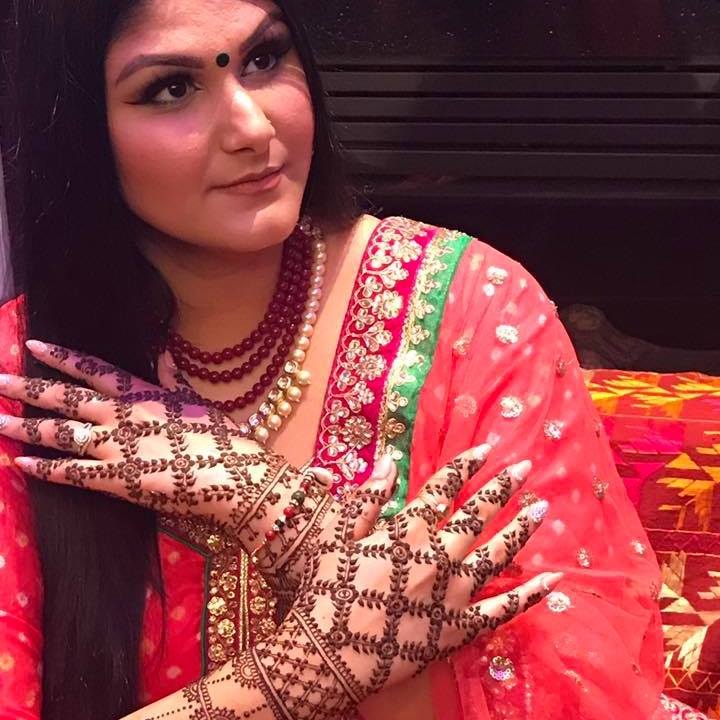
MT: I love doing custom bridal henna that tells the couples’ stories. I discuss with brides before her Henna Night so I can have a more specific idea of what she wants and envisions. This will set the expectation on both sides, and there will be no unpleasant surprises on the day of event.
INE: What sorts of health and hygiene considerations should a customer take when receiving their henna?
MT: Make sure that the henna artists only use 100% pure, natural henna products, which is the most important thing. Ask the henna artist the ingredients in their henna paste to make sure you are not allergic to any of them. Natural red henna, when applied to the skin, rarely causes any adverse reactions, but if you are concerned you should do a small patch test first. Schedule a henna consultation to get a small design sample at least 3 months before your event.
INE: What sort of changes and trends has henna art gone through in the 21st century? What kind of trends are in style this year?
MT: The art of henna has evolved from being traditional to modern fusion designs. Brides have lots of special requests like their wedding logo, special symbols, images of their pets, sports team logos and many more. For one of the brides, I included the Apple logo, as they both met at Apple. I added the Boston skyline and Toronto skyline to represent their countries. One of the brides got proposed to in Paris, so she wanted something to depict that. Although proficient in many styles of Henna, I treasure traditional Indian bridal designs with special symbols, and take exacting care with high degree of detail in my work.
INE: Sustainability and environmental impact has become increasingly important to consumers- what should a prospective customer look for in henna if they want to be environmentally conscious?
MT: Henna, the Persian name for Lawsonia inermis, a flowering desert shrub that produces red dye. Mehndi is the Hindi word for henna. Twice a year, the henna leaves are harvested, dried, and ground into a fine powder. Henna is completely temporary. The skin is not broken as in traditional tattooing. When the paste is applied to the skin it feels cool, this is due to the natural cooling properties of the henna plant. You may feel tingling or tickling. This is caused by the essential oils such as eucalyptus which are sometimes used in the mix. We use an exclusive blend of 100% natural, organic henna and essential oils, freshly mixed to achieve our elegant and richly colored henna stains, which fade away naturally.
Consumers should note that there is no such thing as black henna or white henna. In order for henna to produce a black color, chemicals that are unsafe for your skin have been added. Black henna should be avoided. White henna is white body paint, which is safe but does not stain your skin.





